Anhui Feichun Special Cable Co.,Ltd Li.wang@feichuncables.com
How Does Gold Mining Work in South Africa? A Complete Guide to the Mining Life Cycle
Discover how gold mining works in South Africa, from exploration to mine closure. Learn about the complete gold mining life cycle, its impact on communities, and the future of South African mining.
Li.wang@Feichun Cable
7/10/202515 min read


Introduction
When you drive through Gauteng and see the iconic yellow mine dumps dotting the landscape, have you ever wondered how those massive mounds of earth came to be? South Africa's gold mining story is one of the most remarkable in the world. The Witwatersrand Basin, stretching across Gauteng and parts of the Free State, holds the largest known gold deposit on Earth – a geological treasure that has shaped our nation's history, economy, and identity for over 130 years.
From the first discovery of gold on the Witwatersrand in 1886 to today's sophisticated deep-level mining operations, South Africa has produced more than 40% of all the gold ever mined globally. But behind these staggering numbers lies a complex, fascinating process that transforms raw rock deep underground into the gleaming gold bars that boost our economy and provide livelihoods for hundreds of thousands of South Africans.
The gold mining life cycle is far more intricate than many people realise. It's not simply a matter of digging holes and finding gold. Instead, it's a carefully orchestrated journey that can span decades, involving cutting-edge technology, strict environmental regulations, and the coordinated efforts of thousands of workers. From the initial exploration phase that might last years without any guarantee of success, to the final rehabilitation of mining sites that ensures our land can be used by future generations, each stage plays a crucial role in South Africa's mining legacy.
Understanding this process is essential for every South African, whether you live in mining communities like Carletonville or Welkom, work in related industries, or simply want to understand how one of our country's most important economic sectors operates. The gold mining life cycle affects job creation, environmental management, community development, and our nation's position in the global economy. Let's explore this remarkable journey together.
Section 1: Exploration – Finding the Gold
The journey of gold mining begins long before the first shovel touches the earth. Exploration is perhaps the most crucial yet uncertain phase of the entire mining life cycle. Think of it as a high-stakes treasure hunt, where geologists and mining companies invest millions of rand searching for gold deposits that may or may not exist.
In South Africa, exploration takes on special significance because of our unique geological history. The Witwatersrand Basin, formed over 2.9 billion years ago, contains gold-bearing reefs that stretch for hundreds of kilometres underground. But finding these reefs and determining whether they contain enough gold to justify a mining operation requires sophisticated techniques and years of patient work.
Modern exploration begins with geologists studying satellite imagery and geological maps to identify promising areas. They look for specific rock formations and geological structures that historically indicate the presence of gold. Once potential sites are identified, teams conduct detailed ground surveys, taking soil and rock samples to test for trace amounts of gold and other minerals.
The real work begins with drilling. Using powerful drilling rigs, exploration teams create boreholes that can extend hundreds of metres into the earth. Core samples extracted from these holes are carefully analysed in laboratories to determine the grade and distribution of gold. This process, known as resource estimation, helps companies understand not just whether gold is present, but whether there's enough of it to make mining economically viable.
For South African communities, the exploration phase often brings the first signs of potential economic opportunity. Exploration projects create jobs for local residents as drill assistants, sample collectors, and support staff. In rural areas of the Free State and North West Province, exploration activities can provide much-needed employment and skills development opportunities.
However, exploration also raises important questions about land use and community rights. South Africa's Mineral and Petroleum Resources Development Act requires companies to consult with local communities and traditional leaders before beginning exploration activities. This ensures that the people who have lived on the land for generations have a voice in decisions that could dramatically change their environment and way of life.
The exploration phase can last anywhere from two to ten years, and success is never guaranteed. For every successful gold discovery, there are dozens of exploration projects that find insufficient gold to justify mining. This uncertainty is why exploration is considered one of the riskiest aspects of the mining industry, requiring significant upfront investment with no guarantee of returns.
Companies like AngloGold Ashanti and Harmony Gold have spent decades exploring new areas while also extending the life of existing mines through deeper exploration. The technological advances in exploration, including 3D seismic surveys and computer modelling, have revolutionised how South African companies search for gold, making the process more efficient and environmentally responsible.
Section 2: Feasibility and Planning – Is It Worth It?
Once exploration confirms the presence of gold, the next critical question arises: is it worth mining? This is where the feasibility study comes in – a comprehensive analysis that determines whether a potential gold mine will be profitable, sustainable, and beneficial to all stakeholders involved.
The feasibility study phase is like building a detailed business plan for a venture that could last 20 to 50 years. Mining companies must consider numerous factors that are particularly relevant to South Africa's unique context. These include the grade and quantity of gold ore, the depth at which it's located, the stability of the rock formations, access to water and electricity, transportation infrastructure, and the availability of skilled workers.
In South Africa, feasibility studies must also address complex social and environmental considerations. The country's history of mining has taught us that successful operations must benefit local communities, not just shareholders. Companies are required to conduct Social and Labour Plans (SLPs) that demonstrate how the mine will contribute to local development, create sustainable employment, and support community initiatives like schools, clinics, and skills training programmes.
Environmental impact assessments are equally crucial. South Africa's mining industry has learned hard lessons about the long-term environmental costs of gold mining. Modern feasibility studies must show how companies will manage issues like water pollution, air quality, noise levels, and the ultimate rehabilitation of mining sites. This is particularly important in areas where mining activities could affect agricultural land or water sources that communities depend on.
The regulatory environment adds another layer of complexity. South Africa's mining laws require companies to obtain various permits and licences before they can begin construction. The Department of Mineral Resources and Energy oversees mining rights, while the Department of Environment, Forestry and Fisheries manages environmental authorisations. Water use licences must be obtained from the Department of Water and Sanitation, and companies must comply with labour laws and safety regulations.
Financial feasibility is perhaps the most critical factor. Gold mining in South Africa faces unique challenges, including some of the world's deepest mines, aging infrastructure, and rising operational costs. Companies must demonstrate that they can profitably extract gold even when prices fluctuate on international markets. This analysis includes detailed cost projections for labour, equipment, electricity, and other operational expenses over the mine's expected lifespan.
The feasibility study also considers the mine's potential impact on local economies. In towns like Klerksdorp, Virginia, and Orkney, gold mining has been the economic backbone for generations. New mining projects can revitalise these communities, providing direct employment for miners, engineers, and support staff, while also creating indirect opportunities for local businesses, suppliers, and service providers.
Community consultation is an integral part of the feasibility process. Mining companies are required to engage with traditional leaders, local municipalities, and affected communities to address concerns and incorporate local knowledge into their planning. This process helps ensure that mining activities align with community needs and development priorities.
The feasibility study typically takes 18 to 24 months to complete and can cost tens of millions of rand. However, this investment is essential for ensuring that new gold mines contribute positively to South Africa's economy while minimising negative impacts on communities and the environment.
Section 3: Construction – Building the Mine
When a feasibility study confirms that a gold deposit is worth mining, the construction phase begins – a massive undertaking that transforms the landscape and creates hundreds of jobs. This phase represents the physical realisation of years of planning and marks the beginning of a mine's operational life.
The construction of a gold mine in South Africa is an engineering marvel that requires careful coordination of multiple complex systems. The process begins with site preparation, which involves clearing vegetation, building access roads, and establishing temporary facilities for the construction workforce. In areas like the West Rand or the goldfields around Welkom, this often means working in landscapes that have been shaped by more than a century of mining activity.
The most visible aspect of construction is the headgear – the iconic steel structures that tower above South African gold mines. These structures house the massive winding systems that transport miners, equipment, and ore between the surface and the underground workings. Some of South Africa's mines extend more than 3.5 kilometres below the surface, making these shaft systems among the deepest in the world.
Underground development is equally impressive. Construction teams must excavate the main shaft, create a network of tunnels and chambers, and install sophisticated ventilation systems to ensure safe working conditions at extreme depths. The engineering challenges are immense – at depths of 3 kilometres, rock temperatures can exceed 50°C, requiring advanced cooling systems to create bearable working conditions.
Surface infrastructure includes ore processing facilities, where the complex chemistry of gold extraction takes place. These plants are designed to handle thousands of tonnes of ore daily, using processes that have been refined over decades of South African mining experience. The construction also includes tailings storage facilities, where the processed rock is stored after gold extraction, water treatment plants, and administrative buildings.
The construction phase creates significant economic opportunities for South African communities. Major projects like the South Deep mine expansion or the development of new operations employ thousands of construction workers, engineers, technicians, and support staff. Local businesses benefit from increased demand for accommodation, catering, transportation, and other services. In rural areas, construction activities can bring the first major economic development in decades.
However, construction also brings challenges that must be carefully managed. The influx of workers can strain local infrastructure and social services. Companies must work closely with local municipalities to ensure that roads, water systems, and healthcare facilities can handle increased demand. Environmental monitoring is crucial during construction to minimise dust, noise, and other impacts on neighbouring communities.
Skills development is a key component of the construction phase. South African mining companies are required to prioritise local employment and provide training opportunities for community members. This includes apprenticeships for young people, skills transfer programmes for unemployed adults, and development opportunities for local small businesses.
The construction phase typically lasts two to four years, depending on the size and complexity of the operation. During this time, companies must maintain strong relationships with local communities, government officials, and other stakeholders. Regular communication about progress, challenges, and opportunities helps ensure that the transition from construction to operation proceeds smoothly.
Safety is paramount throughout the construction process. South African mining companies have learned through experience that establishing strong safety cultures from the beginning is essential for long-term success. This includes comprehensive safety training for all workers, regular safety inspections, and the implementation of international best practices for construction safety.
As construction nears completion, companies begin the process of recruiting and training operational staff. This includes skilled miners, equipment operators, processing technicians, and support personnel. The transition from construction to operation marks a significant milestone in the mine's life cycle and the beginning of gold production.
Section 4: Operation – Digging for Gold
The operational phase represents the heart of the gold mining life cycle – the period when years of planning, investment, and construction finally result in gold production. This phase can last anywhere from 10 to 50 years, depending on the size of the ore body and the efficiency of extraction methods.
South African gold mining operations are among the most sophisticated in the world, largely due to the unique challenges of extracting gold from deep underground deposits. The Witwatersrand's gold-bearing reefs require mining at depths that would be impossible without advanced technology and highly skilled workers. At mines like Mponeng or Kusasalethu, miners travel underground for up to an hour before reaching their workplaces, descending into a world where the challenges of heat, pressure, and safety require constant vigilance.
The mining process begins with accessing the gold-bearing reef through a carefully planned network of tunnels and shafts. Underground development is an ongoing process, with mining engineers constantly planning new areas for extraction while maintaining existing workings. The stoping method – where miners extract ore from narrow reef areas – requires precision and skill that has been passed down through generations of South African miners.
Once the reef is accessed, the extraction process involves drilling and blasting to break the gold-bearing rock loose from the reef. This is highly skilled work that requires understanding of rock mechanics, explosives, and safety procedures. The broken rock, called ore, is then collected and transported to the surface through an intricate system of conveyor belts and underground locomotives.
At the surface, the ore undergoes a complex processing sequence designed to extract the gold from the surrounding rock. The process begins with crushing, where massive machines break the ore into smaller pieces. The ore is then ground into fine particles in ball mills – rotating drums filled with steel balls that pulverise the rock until it resembles coarse sand.
The gold extraction process uses a combination of chemicals and physical processes that have been refined over decades of South African experience. The ground ore is mixed with water to create a slurry, to which cyanide and carbon are added. The cyanide dissolves the gold, which then attaches to the carbon particles. This process, known as carbon-in-pulp, is followed by stripping the gold from the carbon and smelting it into doré bars – rough gold bars that are approximately 85% pure.
The final step involves refining the doré bars to meet international standards of at least 99.5% purity. This refined gold is then sold on international markets, contributing to South Africa's export earnings and foreign currency reserves.
Working in South Africa's gold mines requires exceptional skills and courage. Miners must be physically fit, mentally alert, and constantly aware of safety risks. The industry has made significant strides in improving safety conditions, but mining remains one of the most dangerous occupations. Modern mines invest heavily in safety training, equipment, and monitoring systems to protect workers.
The operational phase creates thousands of direct jobs and supports entire communities. Towns like Carletonville, Stilfontein, and Welkom have grown around gold mining operations, with local economies depending on the wages and economic activity generated by the mines. Beyond direct employment, mines support local businesses, from suppliers of equipment and materials to service providers like catering, cleaning, and transportation companies.
Gold mining operations also contribute significantly to government revenues through taxes, royalties, and other payments. These funds support public services, infrastructure development, and social programmes that benefit all South Africans. However, the industry also faces challenges, including aging infrastructure, declining ore grades, and increasing costs that threaten the viability of some operations.
Environmental management is a critical aspect of the operational phase. Modern mines must monitor and control their impact on air quality, water resources, and surrounding ecosystems. This includes treating mine water before discharge, managing dust emissions, and implementing rehabilitation programmes for disturbed areas.
Section 5: Closure and Rehabilitation – The End of the Cycle
The closure and rehabilitation phase represents the final stage of the gold mining life cycle, but it's far from the end of the story. This phase is crucial for ensuring that mining areas can be safely used by future generations and that the environmental and social impacts of mining are properly addressed.
Mine closure in South Africa is a complex process that can take several years to complete. It begins long before the last gold is extracted, with companies required to develop detailed closure plans that address environmental, social, and economic considerations. These plans must be approved by government authorities and regularly updated throughout the mine's operational life.
The physical closure process involves making the mine site safe and stable. Underground workings are sealed to prevent unauthorised access and potential accidents. This is particularly important in South Africa, where abandoned mines can attract illegal miners known as "zama zamas" who risk their lives working in dangerous, unregulated conditions. Proper sealing helps prevent these tragedies while also protecting groundwater and surface stability.
Surface infrastructure is carefully dismantled or repurposed. Processing plants, office buildings, and other structures are either demolished or converted for community use. In some cases, former mine buildings have been transformed into schools, clinics, or community centres, providing lasting benefits to local communities.
Environmental rehabilitation is one of the most critical aspects of mine closure. This involves treating contaminated soil and water, reshaping disturbed land, and replanting vegetation to restore natural ecosystems. The process is particularly challenging in South Africa, where decades of mining have left a legacy of environmental impacts that require innovative solutions.
Tailings dams – the large structures where processed ore is stored – require special attention during closure. These facilities must be stabilised and covered to prevent dust generation and water contamination. Some companies have pioneered techniques for extracting remaining gold and other valuable minerals from tailings, reducing waste while generating revenue for rehabilitation activities.
Water management is a critical closure challenge. Many former mining areas continue to generate acid mine drainage, where water comes into contact with sulphide minerals and becomes acidic. This contaminated water can pollute rivers and groundwater if not properly managed. Companies are required to implement long-term water treatment systems and monitoring programmes to address this issue.
The social and economic impacts of mine closure are profound, particularly in communities that have depended on mining for generations. When major mines close, the ripple effects extend far beyond the mining workforce. Local businesses lose customers, property values decline, and young people may be forced to leave their communities in search of work.
To address these challenges, South African mining companies are required to develop Social and Labour Plans that include post-closure support for affected communities. This might include skills training programmes to help former miners find new employment, support for local business development, or infrastructure investments that create alternative economic opportunities.
Some communities have successfully transitioned from mining to other economic activities. Former mining areas have been developed for agriculture, tourism, renewable energy projects, or light manufacturing. The key is early planning and community involvement in identifying alternative economic opportunities.
The rehabilitation of mine dumps presents both challenges and opportunities. These iconic features of the South African landscape contain residual gold and other minerals that can be extracted using modern technology. Several companies have developed successful businesses by reprocessing mine dumps, reducing their environmental impact while creating jobs and generating revenue.
Long-term monitoring is essential after mine closure. Companies must continue to monitor water quality, air emissions, and ground stability for many years after operations end. This ongoing responsibility ensures that any emerging environmental issues are quickly identified and addressed.
The closure and rehabilitation phase also offers opportunities for innovation and knowledge sharing. South African companies and research institutions have developed world-leading expertise in mine closure techniques, environmental rehabilitation, and community transition planning. This knowledge is being shared globally, contributing to more responsible mining practices worldwide.
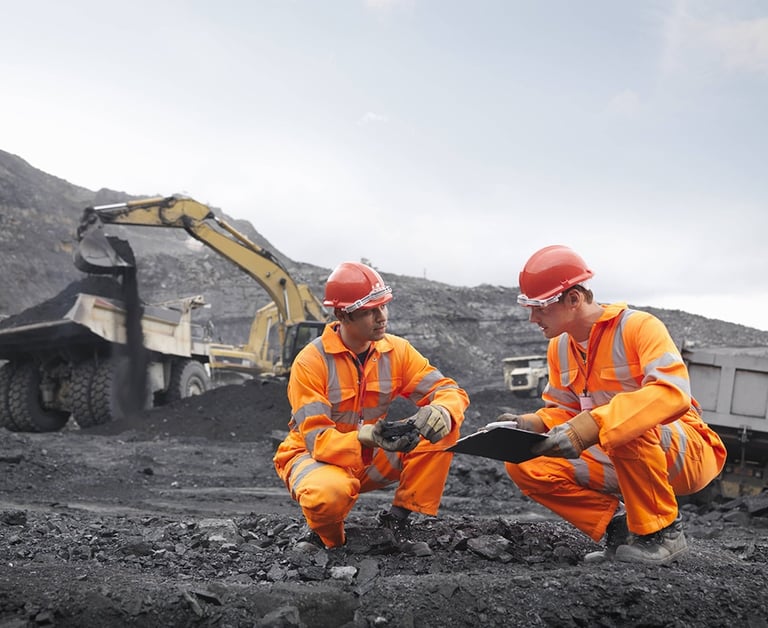

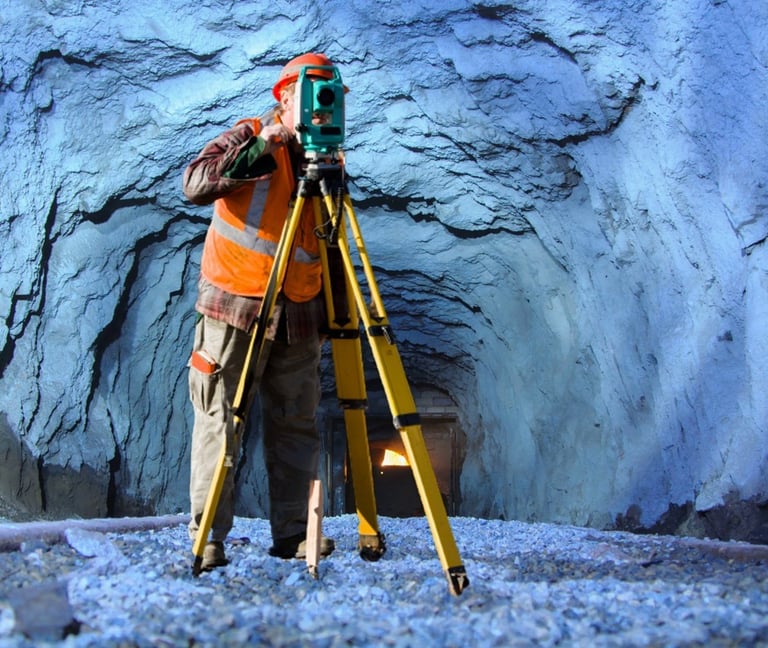

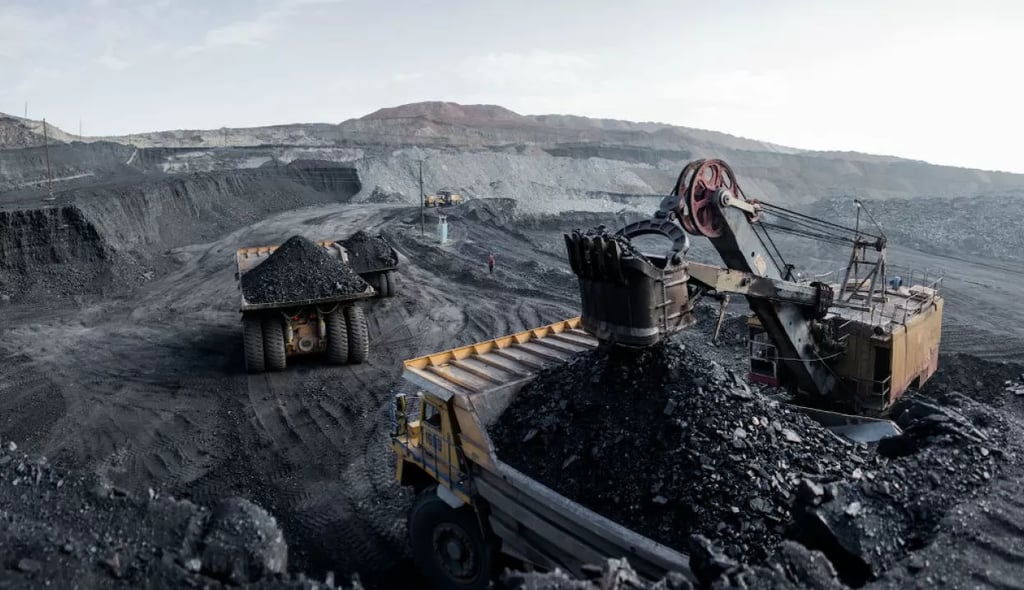

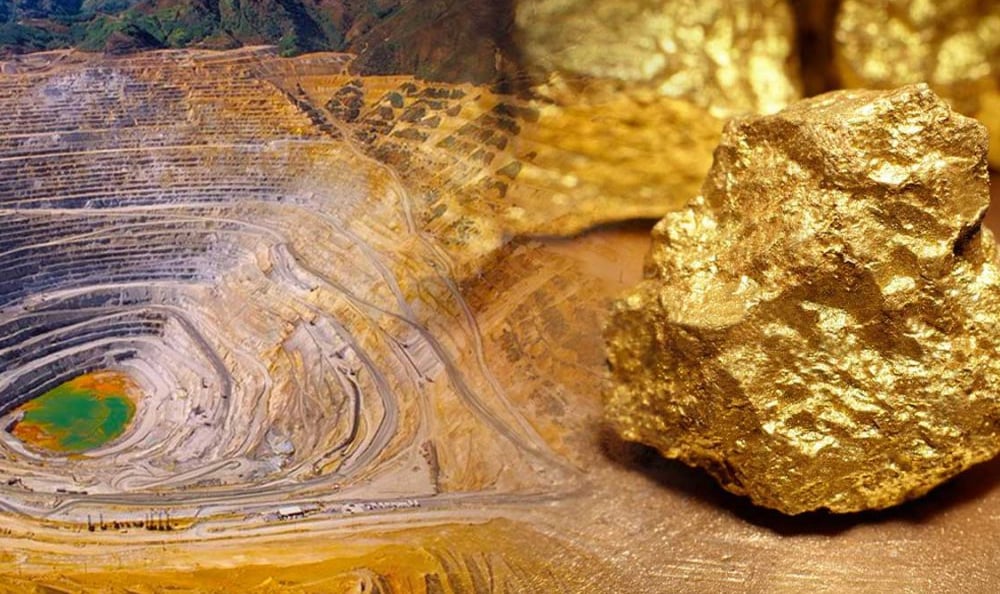

Conclusion
The journey of gold from deep underground deposits to refined bars ready for international markets is a remarkable process that has shaped South Africa's history, economy, and identity. From the initial exploration that might take years without any guarantee of success, through the massive construction projects that transform landscapes and create thousands of jobs, to the sophisticated operations that extract gold from some of the world's deepest mines, each phase of the mining life cycle represents human ingenuity, determination, and technical expertise.
Understanding this process is essential for every South African because gold mining continues to play a crucial role in our economy and the lives of our people. The industry directly employs hundreds of thousands of South Africans and supports millions more through indirect economic activity. The foreign currency earned from gold exports helps stabilise our economy, while the taxes and royalties paid by mining companies fund essential public services.
However, the gold mining life cycle also reminds us of the importance of responsible mining practices. The industry has learned valuable lessons about the need to balance economic benefits with environmental protection and community development. Modern mines are designed from the outset to minimise environmental impact and maximise benefits for local communities. The closure and rehabilitation phase ensures that mining areas can be safely used by future generations.
The future of gold mining in South Africa will be shaped by new technologies, changing market conditions, and evolving social expectations. Advances in exploration techniques are helping companies find new deposits and extend the life of existing mines. Improved processing technologies are making it possible to extract gold from lower-grade ores and mine waste. Renewable energy systems are reducing the industry's environmental footprint while lowering operational costs.
Digital technologies are transforming how mines operate, with remote monitoring systems, automated equipment, and data analytics improving safety, efficiency, and environmental performance. These innovations are helping South African mines remain competitive in global markets while creating new opportunities for skilled workers.
The industry is also embracing principles of sustainable development, recognising that long-term success depends on maintaining the trust and support of local communities and society as a whole. This includes greater transparency in operations, stronger community engagement, and innovative approaches to sharing the benefits of mining more broadly.
As South Africans, we can be proud of our mining heritage while working to ensure that future generations inherit a legacy of responsible resource development. By understanding the gold mining life cycle and supporting companies that operate according to the highest standards, we can ensure that gold mining continues to contribute to our prosperity while protecting our environment and communities.
The story of gold mining in South Africa is far from over. As long as there is gold in the ground and markets that value this precious metal, the cycle will continue. The challenge is to ensure that each phase of the process – from exploration to closure – is conducted in a way that benefits all South Africans and preserves our natural heritage for future generations. This is not just the responsibility of mining companies and government officials, but of all citizens who have a stake in how our country's mineral wealth is developed and used.
By staying informed about mining practices, supporting responsible companies, and engaging in discussions about the future of our mining industry, we can all play a role in ensuring that the gold mining life cycle continues to contribute to South Africa's prosperity while respecting the rights of communities and the integrity of our environment.
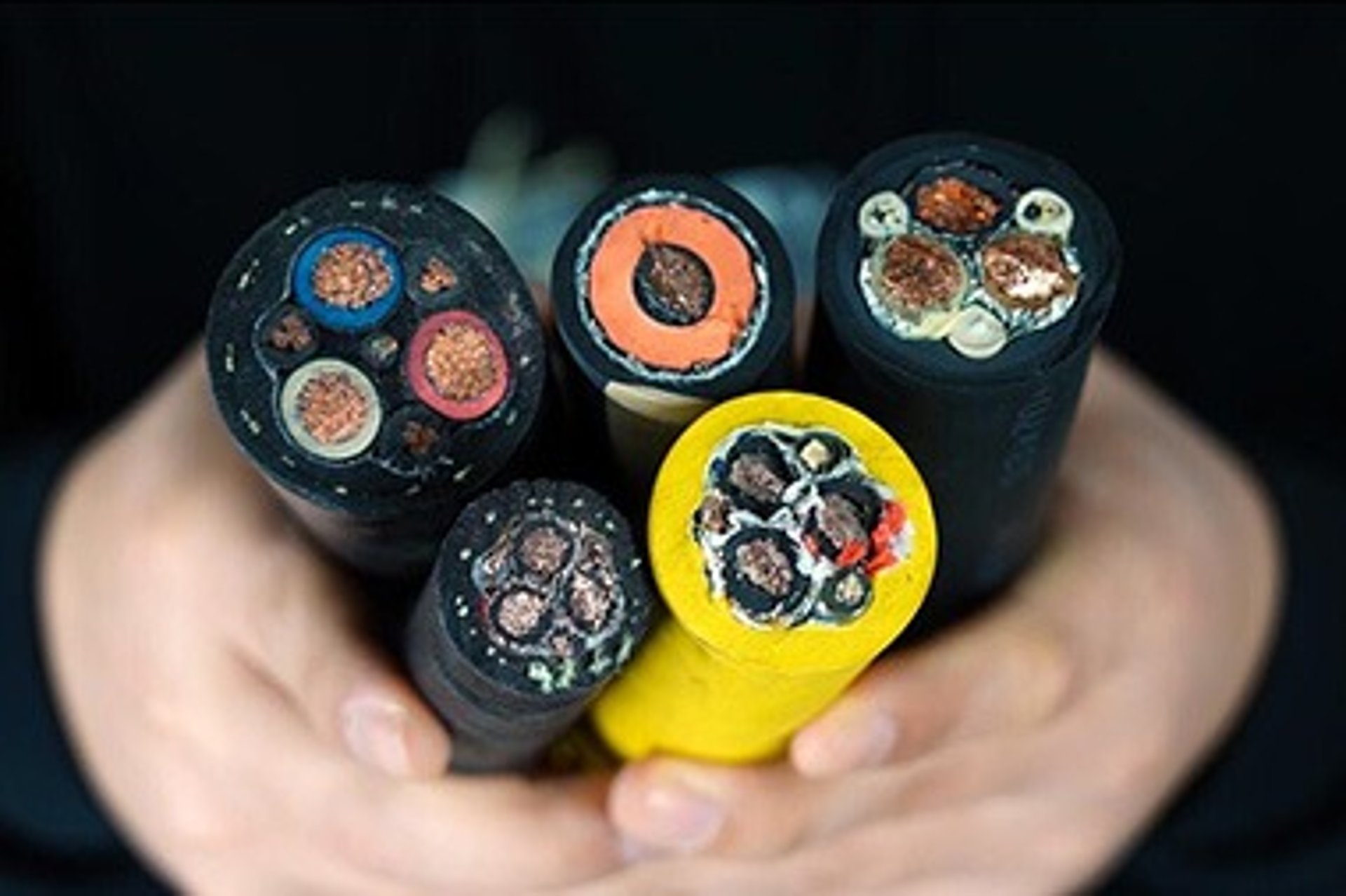
Email Address: Li.wang@feichuncables.com
© 2025. All rights reserved.


One-click to Quickly Contact
Products
Offshore & Marine Cable
XLPE Cable
Contact
Company
Location:
Building A Private Science and Technology Park, Hefei Economic and Technological Development Zone, Anhui Province, China
